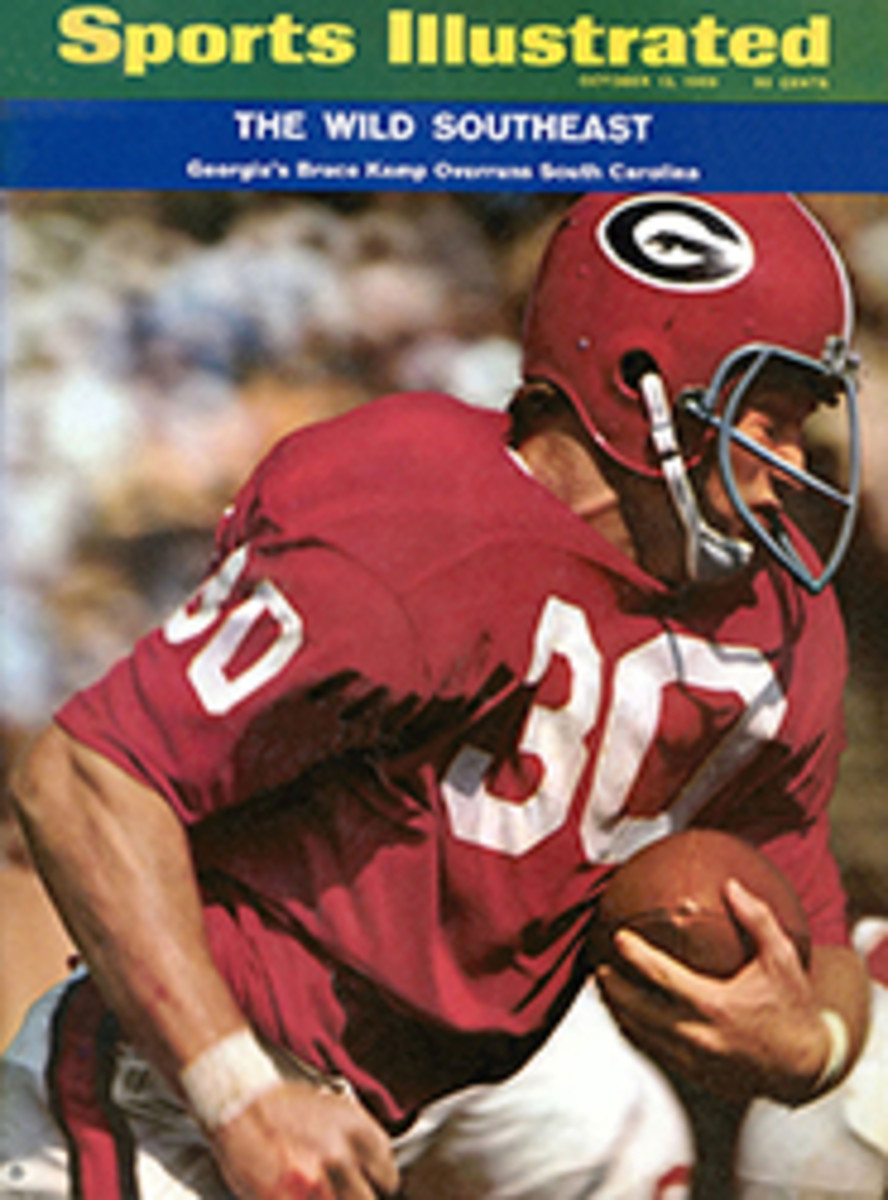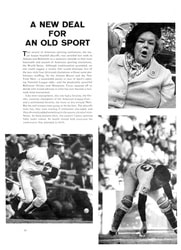
Get your names, numbers, BAs, RBIs, BBs, ERAs, etc. of all the players
It seems only right in this year of baseball's renaissance that The Baseball Encyclopedia (Macmillan and Information Concepts Inc., $25) should appear. While it is not the first such work—for example, A. S. Barnes published The Official Encyclopedia of Baseball in 1951 and has revised it four times since—the new book is an extraordinary advance over the old. Neither is a true encyclopedia, of course. Like the older book, The Baseball Encyclopedia is simply (or complicatedly) a compendium of statistics and a register of players. It does include a few bits of explanatory prose, but basically it is statistics, figures, numbers ad delirium—just the thing to stir the juices in a land weaned on batting averages, ERAs and the all-important lost column.
And that is precisely what is so engrossing about the book: its detail, its magnificent detail. The old encyclopedia (678 pages) gave only a bare outline of each player's major league record. The new book (2,337 pages) adds at bats, hits, runs, doubles, triples, home runs, runs batted in, bases on balls, strikeouts, stolen bases, slugging average and—a couple of esoteric fillips—at bats and hits as a pinch hitter and home run "percentage," the latter an unfamiliar figure that ranges from the 0.2% of Emil Verban the year he hit his only major league homer (a Chinese shot to right field in the Polo Grounds) to Babe Ruth's 11.8% in 1920. Pitching statistics are equally detailed, and batting figures for pitchers are included, a most welcome luxury. You can learn that Walter Johnson hit .433 in 1925 while winning 20 games, and that Bob Buhl's lifetime batting average was .089 and his lifetime slugging average .091, the difference being the two doubles Buhl hit in 1956, the only extra base hits he had in 15 years in the majors.
Despite its rich lode of material, it must be reported that some purists are outraged at The Baseball Encyclopedia for the way it has altered a few time-honored records. This happened because the editors used current record-keeping procedures to analyze ancient box scores. By applying such criteria, the editors, for example, dogmatically took six wins away from the 373 that Christy Mathewson has been legitimately credited with for more than half a century. This is illogical, historically invalid and personally upsetting to Christy Mathewson fans.
For this and the usual run-of-the-mill mistakes (how could they call Lou Johnson Slick when his nickname was Sweet Lou?), the editors deserve censure. For the rest, nothing but praise. Did you know that there has been only one major-leaguer named Creamer, and that he changed his name?

